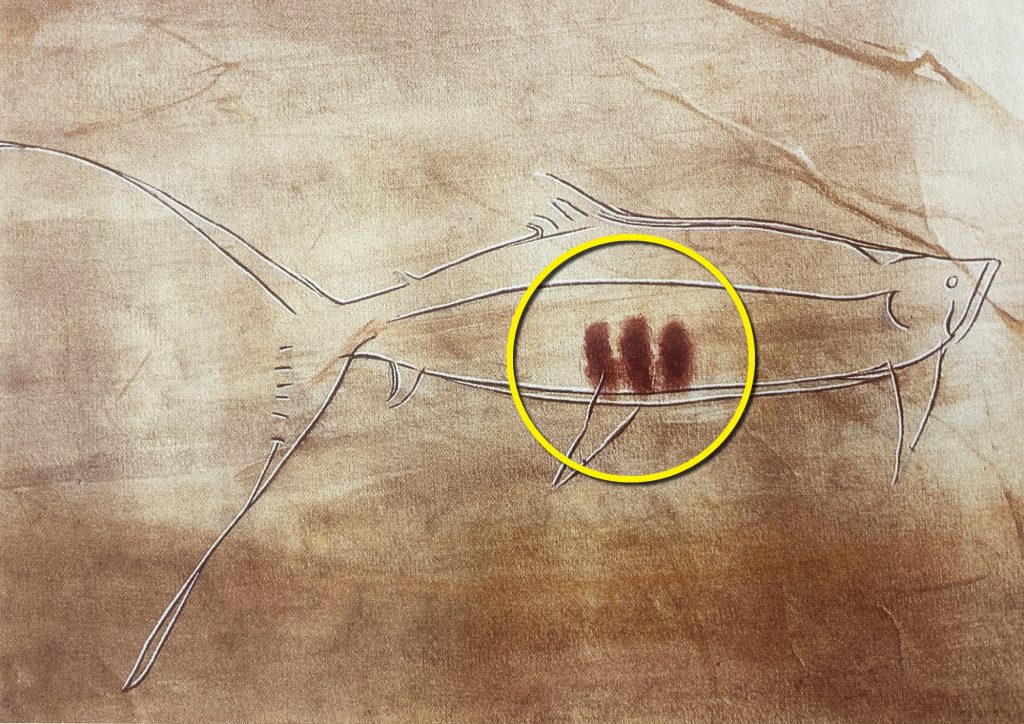Imagine two prisoners, each one placed in solitary confinement. The police offer a deal: if each betrays the other, they’ll both get five years in prison. If one betrays the other but the other keeps quiet, the betrayer will walk free and the betrayed will serve ten years. If neither say anything, they’ll both be locked up, but only for two years. Unable coordinate, both prisoners will likely betray each other in order to secure the best individual outcome, despite the fact that it would be better on the whole for both to keep their mouths shut. This is the “prisoner’s dilemma,” a thought experiment much-cited in game theory and economics since the middle of the twentieth century.
Though the situation the prisoner’s dilemma describes may sound quite specific, its general form actually conforms to that of a variety of problems that arise throughout the modern world, in politics, trade, interpersonal relations, and a great many others besides.
Blogger Scott Alexander describes the prisoner’s dilemmas as one manifestation of what Allen Ginsberg called Moloch, the relentless unseen force that drives societies toward misery. Moloch “always and everywhere offers the same deal: throw what you love most into the flames, and I can grant you power.” Or, as he’d put it to Chewy the gingerbread man, “Betray your friend Crispy, and I’ll make a fox eat only three of your limbs.”
Such is the situation animated in gloriously woolly stop-motion by Ivana Bošnjak and Thomas Johnson in the TED-Ed video at the top of the post, which replaces the prisoners with “sentient baked goods,” the jailer with a hungry woodland predator, and years of imprisonment with bitten-off arms and legs. After explaining the prisoner’s dilemma in a whimsical manner, it presents one proposed solution: the “infinite prisoner’s dilemma,” in which the participants decide not just once but over and over again. Such a setup would allow them to “use their future decisions as bargaining chips for the present one,” and eventually (depending upon how heavily they value future outcomes in the present) to settle upon repeating the outcome that would let both of them walk free — as free as they can walk on one gingerbread leg, at any rate.
Related content:
An Introduction to Game Theory & Strategic Thinking: A Free Course from Yale University
The Famous Schrödinger’s Cat Thought Experiment Comes Back to Life in an Off-Kilter Animation
Watch a 2‑Year-Old Solve Philosophy’s Famous Ethical “Trolley Problem” (It Doesn’t End Well)
Based in Seoul, Colin Marshall writes and broadcasts on cities, language, and culture. His projects include the Substack newsletter Books on Cities, the book The Stateless City: a Walk through 21st-Century Los Angeles and the video series The City in Cinema. Follow him on Twitter at @colinmarshall or on Facebook.







